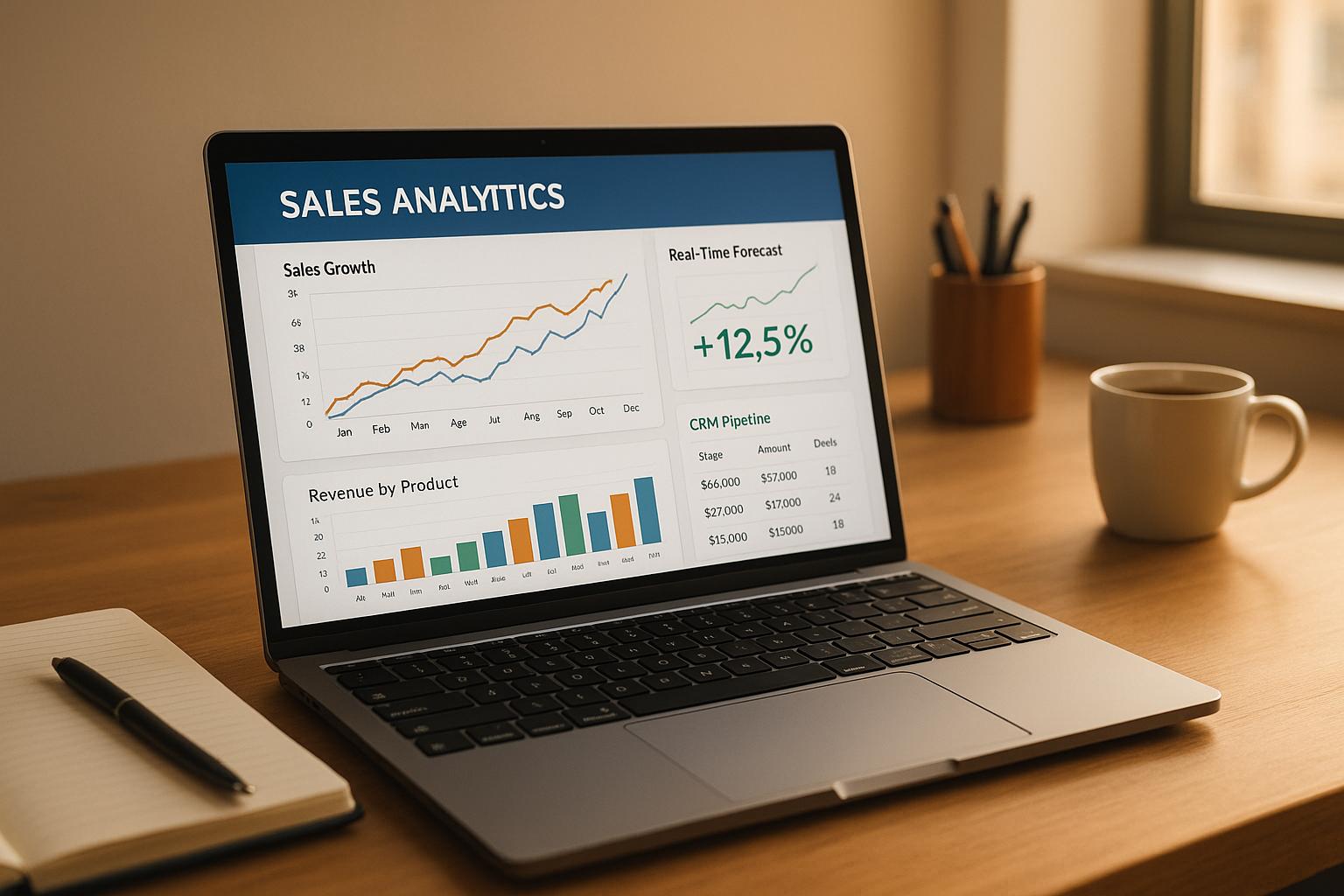AI face search tools in 2025 offer powerful solutions for identifying and analyzing faces with high accuracy. These tools have become essential for industries like security, retail, and healthcare, driven by advancements in AI and machine learning. Here's a quick summary of the top tools:
- AI Apps: Offers 3D facial recognition with accuracy up to 99.97%, privacy-focused design, and flexible SDK pricing tiers.
- Amazon Rekognition: Cloud-based service with scalable infrastructure, strong privacy measures, and pay-as-you-go pricing.
- Microsoft Azure Face API: Provides advanced features like face verification and emotion analysis, with competitive pricing at $1.00 per 1,000 transactions.
- Google Cloud Vision AI: Focuses on face detection and analysis rather than recognition, with flexible pay-per-use pricing.
Quick Comparison
| Tool | Key Features | Accuracy | Privacy Compliance | Pricing Model |
|---|---|---|---|---|
| AI Apps | 3D recognition, liveness checks | Up to 99.97% | GDPR, CCPA, BIPA | Tiered SDK pricing |
| Amazon Rekognition | Scalable, cloud-based, face vectors | Adjustable | SOC, PCI, HIPAA | Pay-as-you-go |
| Microsoft Azure Face API | Emotion analysis, face verification | 95.4%+ | GDPR, ISO, HIPAA | $1.00 per 1,000 transactions |
| Google Cloud Vision AI | Face detection, emotional analysis | High for detection | FedRAMP, HIPAA | Pay-per-use |
Whether your focus is accuracy, privacy, or cost-efficiency, these tools cater to a variety of needs. Continue reading to explore their features and applications in detail.
Free facial recognition tools - 7 #OSINT Tools & Techniques
1. AI Apps
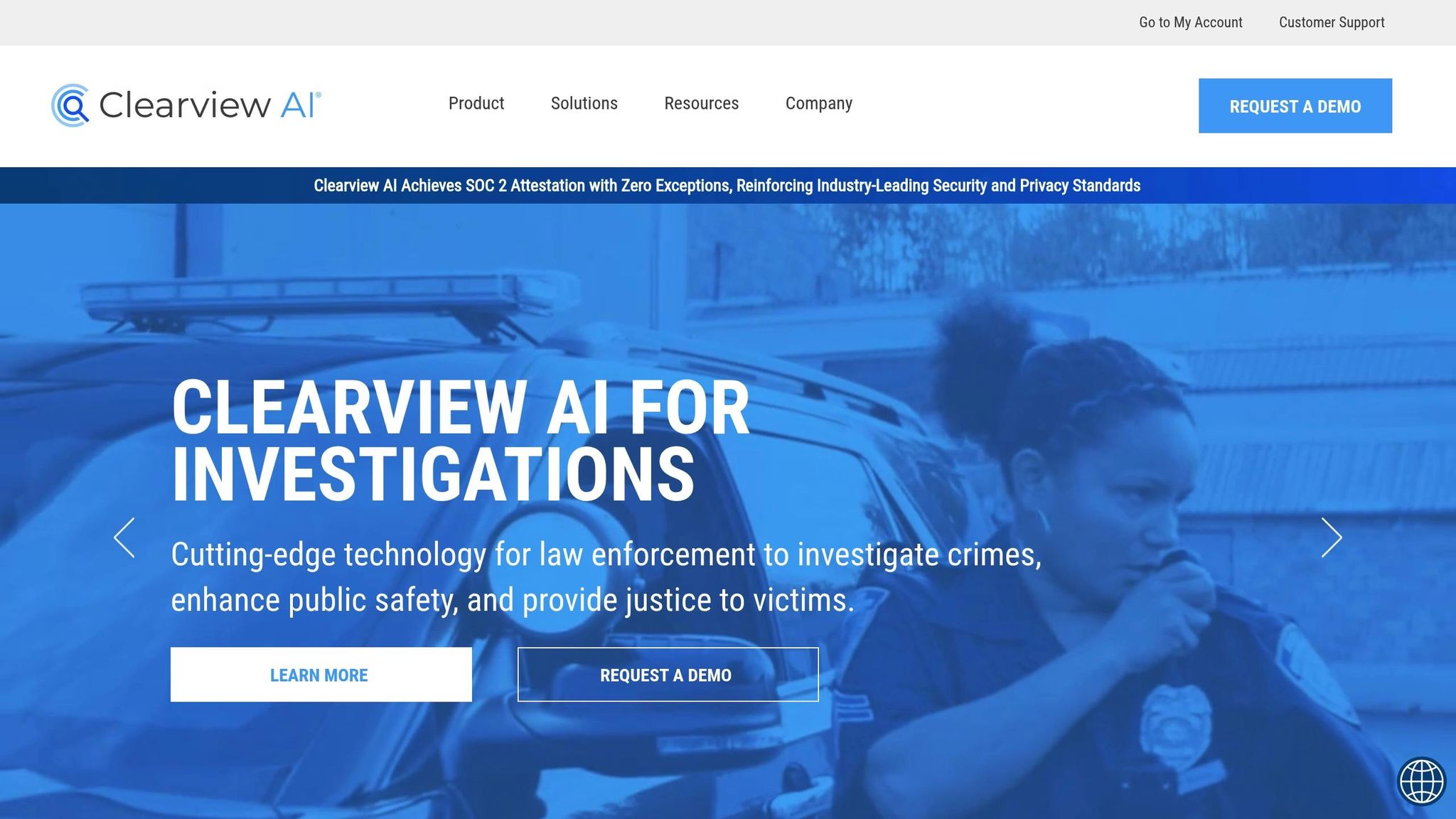
AI Apps stands out in face search technology by using 3D facial recognition combined with machine learning to map and analyze facial contours. Its process involves multiple steps, including face detection, geometric analysis, and data conversion, which enable accurate comparisons.
To cater to different needs, AI Apps offers three SDK tiers:
- Basic: Includes face detection, liveness checks, pose estimation, and recognition.
- Standard: Adds features like 68-point landmark detection, quality checks, occlusion detection, eye closure detection, and age/gender estimates.
- Premium: Provides enterprise-level features for more advanced applications.
The platform’s machine learning algorithms adjust to variations in lighting, angles, and facial expressions, ensuring reliable performance across diverse conditions.
Accuracy Metrics
AI Apps delivers exceptional accuracy, with scores reaching up to 99.97% under optimal conditions. Key performance metrics include:
- True Positive Rate: Over 95%.
- False Acceptance Rate: Below 0.1%.
- False Rejection Rate: Under 1%.
- Equal Error Rate: Less than 1.5%.
These impressive results are achieved thanks to AI’s ability to handle challenges like unconventional photos, varied lighting, different poses, aging, and partial occlusions.
Privacy Compliance
AI Apps goes beyond accuracy to prioritize privacy and security. It employs strong encryption and conducts regular security audits to safeguard facial data. The platform follows a privacy-by-design approach, embedding privacy considerations into its core design. To address algorithm bias, it trains on diverse datasets that represent a wide range of demographics. Transparency features also help organizations meet compliance requirements under regulations like GDPR, BIPA, and CCPA.
To further reassure users, AI Apps provides privacy information in an accessible format and integrates tools like content authentication mechanisms. It also has rapid response protocols in place to handle any privacy-related incidents.
Cost of Ownership
AI Apps offers flexible pricing that adapts to business needs. Its tiered SDK model allows organizations to start with basic features and scale up as their requirements grow, ensuring a cost-efficient approach. The advanced 3D recognition technology not only improves accuracy but also minimizes long-term operational challenges.
With the facial recognition market expected to grow at a 16.3% compound annual growth rate, reaching $13.4 billion by 2028, AI Apps positions itself as a reliable and forward-thinking solution for face search applications.
2. Amazon Rekognition
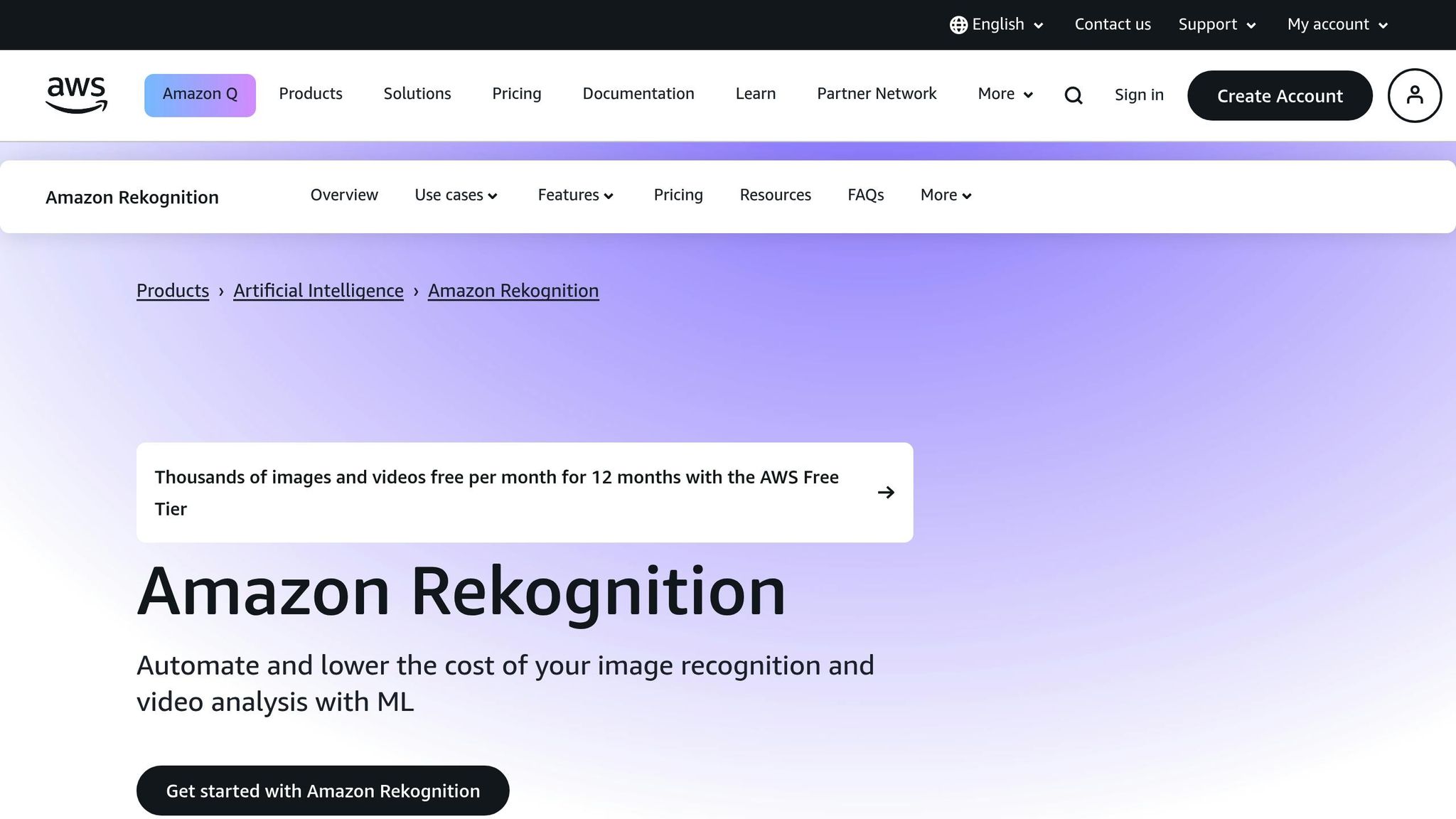
Amazon Rekognition offers powerful face search capabilities through AWS's cloud infrastructure. It's a fully managed service, meaning you don’t need to deal with the complexities of building or maintaining deep learning pipelines. Instead of storing actual images, the platform creates and uses mathematical facial vectors - essentially computational representations of faces - enhancing privacy and security. These features make it a scalable solution for a variety of applications.
Technical Specifications
Amazon Rekognition supports common image formats like JPEG and PNG (up to 15MB via S3 or 5MB via byte arrays) and H.264 video files (up to 10GB or 6 hours in length). For best results, images should meet a minimum resolution of VGA (640x480), and the smallest face in the image should occupy at least 5% of the shorter dimension.
The platform can detect up to 100 faces in a single image, making it ideal for tasks like analyzing crowds or managing large-scale surveillance systems. It also identifies detailed facial landmarks, enabling advanced features like face cropping, morphing, or applying custom filters.
Accuracy Metrics
With its Face version 7, Amazon Rekognition delivers improved accuracy and reduced latency, making it suitable for near real-time applications. The platform allows users to adjust the MinConfidence parameter, giving you control over the balance between precision and recall in face detection tasks.
Privacy Compliance
Amazon Rekognition is designed with privacy and security in mind, adhering to rigorous compliance standards. It undergoes regular assessments by third-party auditors for SOC, PCI, FedRAMP, and HIPAA compliance. Additionally, AWS participates in the EU‑US Data Privacy Framework, the UK Extension to the EU‑US Data Privacy Framework, and the Swiss‑US Data Privacy Framework.
The service uses encryption protocols to secure data during transmission and implements robust safeguards - physical, electronic, and procedural - to protect sensitive information. AWS also provides resources to help customers meet compliance needs, such as Security and Compliance Quick Start Guides, HIPAA security whitepapers, AWS Config, and AWS Security Hub.
Cost of Ownership
Amazon Rekognition operates on a pay-as-you-go pricing model, which eliminates the need for significant upfront investments. Since it's fully managed, you don’t need a dedicated machine learning team to maintain deep learning pipelines, reducing operational overhead.
This pricing structure, combined with the ease of deployment, helps minimize both initial and ongoing costs, making it a practical choice for businesses.
3. Microsoft Azure Face API
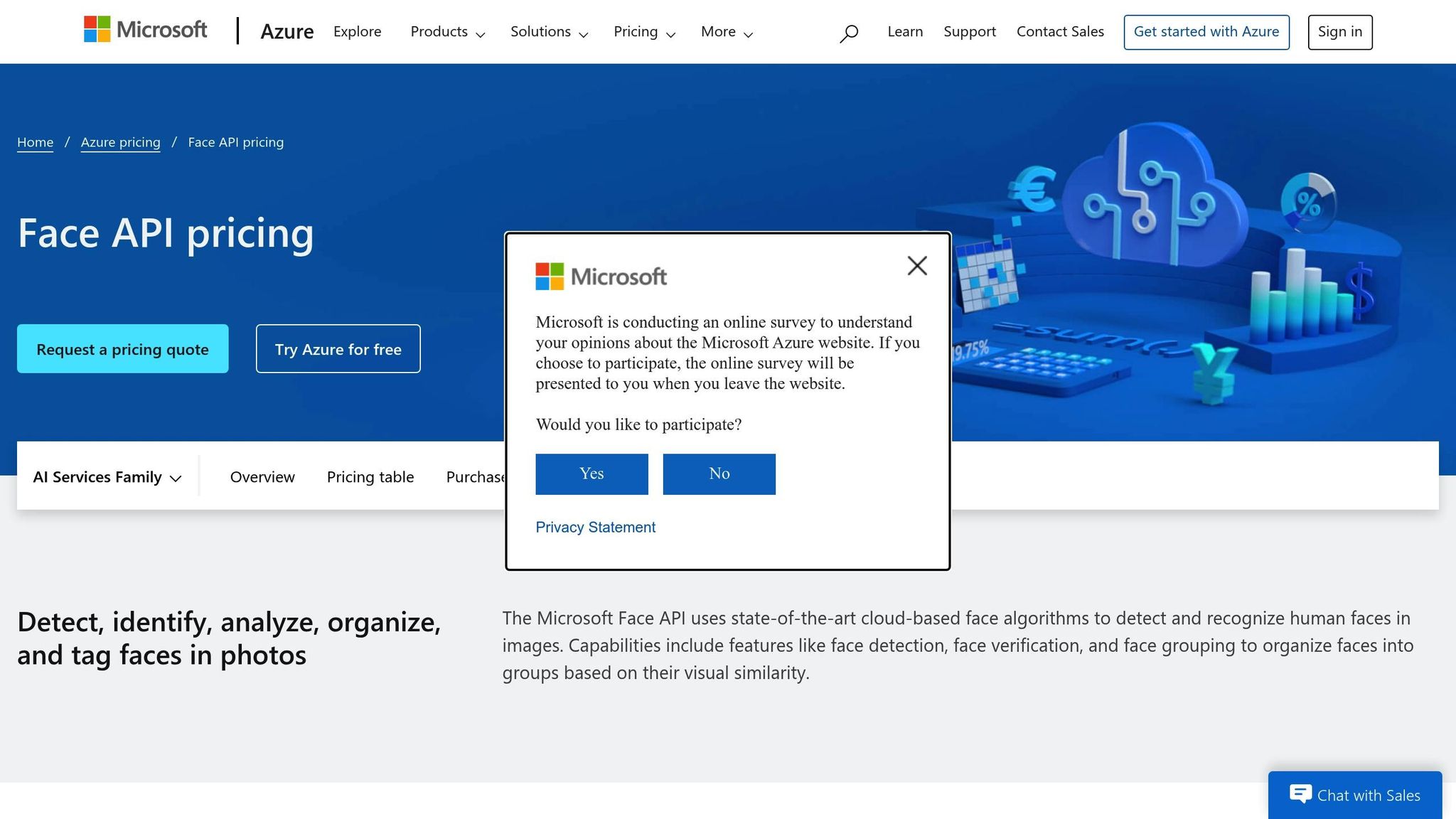
Microsoft Azure Face API is a powerful tool for facial recognition, built on Azure's cloud infrastructure. It enables detection, recognition, and analysis of faces in images. The system starts by identifying face locations with rectangle coordinates and unique IDs, which are then used for further recognition tasks. Additionally, it provides detailed insights like head pose, age, emotions, facial hair, and whether glasses are present.
Technical Specifications
The API supports various image formats, including JPEG, PNG, GIF (first frame only), and BMP, with a maximum file size of 6 MB. It can detect faces as small as 36×36 pixels in images up to 1920×1080 pixels, and it performs well even with larger images, up to 4096×4096 pixels. The platform is designed to handle large-scale directories, supporting up to 75 million identities, with each group accommodating 1 million individuals and up to 248 faces per person.
Azure Face API offers several key features:
- Face Verification: One-to-one matching to confirm identity.
- Face Identification: One-to-many matching to find a specific face among a group.
- Find Similar: Matches a target face against a set of candidate faces.
- Group Operation: Clusters unknown faces based on similarities.
For best results, Microsoft recommends using the Detection 03 and Recognition 04 models.
Accuracy Metrics
In tests involving 115 images, the API detected 579 out of 607 faces, achieving a 95.4% accuracy rate with no false positives. In another test with 30 target images, it identified 32 matching faces with 100% accuracy.
The API uses a recognition confidence threshold to balance false positives and false negatives. For example:
- A threshold of 0.5 results in a false positive rate of 1 in 100,000.
- Higher thresholds, such as 0.8, reduce false positives to 1 in 100,000,000.
| Recognition Confidence Threshold | False Positive Rate |
|---|---|
| 0.5 | 1 in 100,000 |
| 0.6 | 1 in 1,000,000 |
| 0.7 | 1 in 10,000,000 |
| 0.8 | 1 in 100,000,000 |
Factors like face size, angle, lighting, and obstructions can impact accuracy. For optimal results, Microsoft advises capturing faces at a resolution of at least 200 × 200 pixels under controlled lighting conditions.
Privacy Compliance
Microsoft Azure Face API prioritizes data protection and meets standards such as GDPR, ISO/IEC 27701, ISO/IEC 27018, and HIPAA. Microsoft ensures that data input and output are not used for training the API and commits to not sharing data with government agencies unless required by law or directed by the user.
Additional privacy features include:
- Customer-managed encryption keys.
- Virtual Network (VNET) support to restrict access by IP.
- Azure Active Directory authentication.
- Automatic expiration of FaceID templates within 24 hours.
Azure imposes strict usage policies. For instance, its face recognition services are not available for U.S. police departments. Users must confirm compliance with Responsible AI guidelines and agree not to use the service for law enforcement purposes.
Cost of Ownership
Azure Face API operates on a pay-as-you-go pricing model:
- Standard Web Tier: $1.00 per 1,000 transactions for the first 1 million transactions.
- Face Storage: $0.01 per 1,000 faces per month.
- Face Liveness Detection: $15.00 per 1,000 transactions.
This pricing approach minimizes upfront costs and eliminates the need for dedicated machine learning infrastructure. However, some features, like face identification and verification, require registration and approval as part of a Limited Access Service to ensure responsible use.
sbb-itb-212c9ea
4. Google Cloud Vision AI
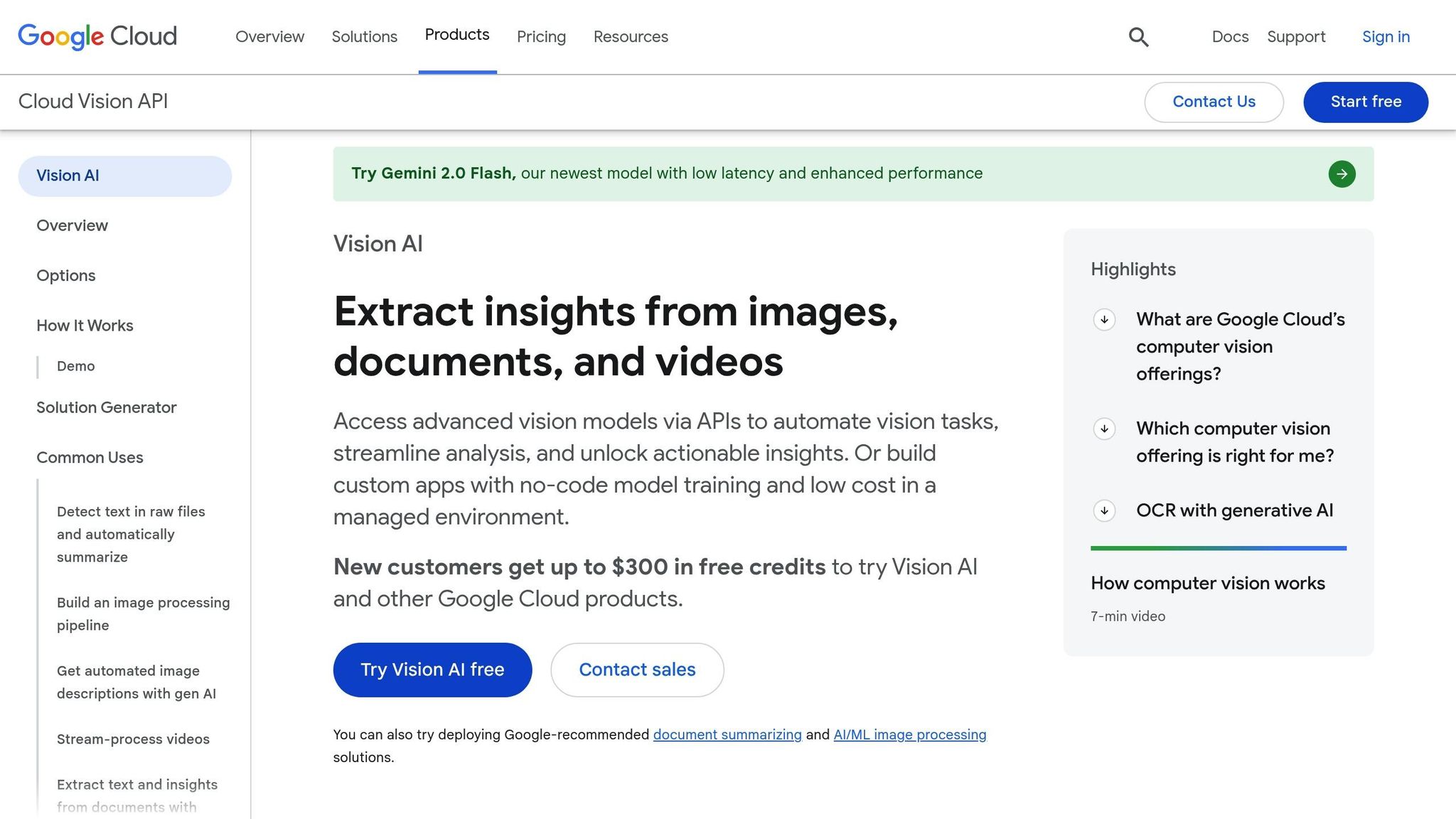
Google Cloud Vision AI specializes in detecting and analyzing faces, but it doesn't support direct face matching or recognition. Instead of comparing faces across datasets, it identifies faces in images and pulls out facial attributes. This makes it ideal for tasks like analyzing emotional expressions, head positions, estimated age, or spotting accessories like glasses or hats. However, it does not provide the ability to recognize specific individuals.
The platform can handle multiple faces in a single image, offering detailed insights into each one. Let’s dive into the technical details to better understand its capabilities.
Technical Specifications
Google Cloud Vision AI delivers powerful face detection through its REST API and associated tools. It processes both local and remote images, identifying faces by returning bounding polygons and key facial landmarks, such as the eyes, nose, and mouth. Alongside these features, it provides confidence scores for its analyses, including detectionConfidence for face identification and landmarkingConfidence for the accuracy of facial landmark positioning.
For developers seeking broader functionality, Google offers the MediaPipe Face Detector. This tool works seamlessly with both single images and video streams, identifying six critical facial points: left eye, right eye, nose tip, mouth, left eye tragion, and right eye tragion. This flexibility makes it suitable for various applications, from static image analysis to real-time video processing.
Accuracy Metrics
The platform employs BlazeFace models, which are lightweight detectors optimized for mobile GPUs. These models strike a balance between performance, accuracy, and resource efficiency. Google Cloud Vision AI provides confidence scores to help developers fine-tune detection thresholds based on their specific needs.
Unlike competitors that offer face matching or identity verification, Google Cloud Vision AI stays focused on detection and analysis. This approach ensures high reliability for its intended use cases, without branching into identification tasks.
Privacy Compliance
Google Cloud places a strong emphasis on privacy and security. Its AI services comply with standards like FedRAMP High and HIPAA, undergoing rigorous independent audits to confirm these measures. Data is encrypted both at rest and in transit, and access to customer data is tightly controlled, limited to employees, contractors, or agents who need it for processing. All personnel are bound by strict confidentiality agreements.
Google also empowers customers with tools to manage their data. Features like Access Transparency and Access Approvals allow customers to monitor and control how Google Cloud support teams access their information. Data retention policies vary based on the type of data and its usage, with automatic deletion or anonymization once it's no longer needed. These practices ensure that data protection remains a top priority.
Cost of Ownership
Google Cloud Vision AI operates on a pay-per-use model, which eliminates the need for upfront infrastructure investments. Pricing depends on the features used and the volume of processed requests, making it accessible to businesses of all sizes - whether you're a startup experimenting with facial detection or a large enterprise handling thousands of images daily.
While the service doesn't include face matching out of the box, integrating it with third-party tools or custom solutions can fill that gap. Organizations should account for these additional development costs when planning facial recognition systems. Despite this limitation, Google Cloud Vision AI stands out for its strong performance, security measures, and flexibility in facial detection and analysis, making it a valuable resource in the field of face search technology.
Advantages and Disadvantages
Understanding the strengths and limitations of facial recognition tools is key to making informed choices. While each platform offers unique features - ranging from user-friendly interfaces to scalability and pricing - several common factors consistently shape their real-world effectiveness.
The facial recognition market is expected to grow by 15.4% annually between 2021 and 2028. This rapid expansion brings both opportunities and challenges, making it crucial to evaluate technical performance alongside potential drawbacks.
Accuracy stands out as a vital metric. Leading algorithms boast error rates as low as 0.8% and accuracy scores reaching an impressive 99.97%. Some systems even claim error rates as low as one-in-a-million. However, these numbers often depend on high-quality images and comprehensive databases to maintain such performance levels.
But accuracy isn’t the only concern. Privacy is a significant issue, as highlighted by U.S. Senator Edward Markey:
"If your password gets breached, you can change your password. If your credit card number gets breached, you can cancel your card. But you can't change biometric information like your facial characteristics".
This limitation emphasizes the need for strict data protection measures, especially in consumer applications where sensitive information is at stake.
Another pressing challenge is algorithmic bias. Jennifer Lynch from the Electronic Frontier Foundation warns:
"The more we use face recognition, the more we become desensitized to its risks. It's a slippery slope".
Bias within these systems can lead to the misidentification of minority groups, underscoring the importance of ongoing oversight and refinement.
Other considerations include cost structures, integration challenges, and regulatory compliance. While pay-per-use pricing models can reduce upfront expenses, they may become costly as usage scales. Similarly, some tools integrate seamlessly into existing systems, while others demand significant development effort. Platforms designed with GDPR compliance and transparent data policies offer clear benefits, though they often come with added complexity and expense.
Finally, compared to traditional methods like fingerprinting, facial recognition systems offer faster and more reliable results, reducing the need for human intervention. Choosing the right tool means weighing performance, privacy, ease of integration, and cost - continuing the broader themes explored throughout this review.
Final Recommendations
Choosing the right AI face search tool boils down to understanding your business needs, technical setup, and budget. Here's a breakdown to guide your decision:
For small to medium-sized businesses looking for cost-effective and accurate solutions, Microsoft Azure Face API is a solid option. With transparent pricing at $1.00 per 1,000 transactions for the first million, its pay-as-you-go model is ideal for businesses with fluctuating usage.
If you're part of an enterprise organization already tied to a specific cloud ecosystem, it makes sense to pick a tool that integrates seamlessly. For example, Amazon Rekognition works effortlessly with AWS services and offers excellent scalability, though pricing details are available upon request. Alternatively, Google Cloud Vision API provides a $300 free credit and flexible pay-per-use pricing, making it another strong contender.
For security-focused applications, accuracy is critical. Look for tools offering advanced features like liveness detection and anti-spoofing, even if they come with higher costs. These features ensure the highest level of reliability in sensitive scenarios.
Privacy-conscious organizations should scrutinize how each tool handles data. Edge-based processing solutions are worth considering when data sovereignty is a priority. As Dimitrios Pavlakis of ABI Research emphasizes:
"Data protection is vital for face recognition, citizens need to know how their data is being used. Innovation and technological progress should not exclude responsibility".
Before making a commitment, take advantage of free trials and conduct small-scale tests. Testing helps confirm that the tool integrates well with your systems and performs reliably under real-world conditions, such as varying lighting, image quality, and diverse demographics.
Ultimately, your choice should align with your industry demands while factoring in long-term scalability and compliance needs. Whether you value cost savings, seamless integration, or top-tier accuracy, the current market offers plenty of strong options to suit your requirements. By carefully weighing accuracy, cost, and privacy considerations, you can confidently select the best tool for your business.
FAQs
How do AI face search tools protect privacy and ensure the security of biometric data?
AI face search tools are built with robust privacy and security measures to safeguard biometric data. In the United States, regulations like the Illinois Biometric Information Privacy Act (BIPA) mandate that companies obtain clear, explicit consent before collecting or using biometric details, including facial recognition data. This ensures people are informed about how their information is being handled and stored.
Globally, these tools align with standards such as the General Data Protection Regulation (GDPR), which treats biometric data as sensitive information. To comply, organizations must use measures like encryption and strict access controls to prevent unauthorized access and reduce potential risks. By following these laws and guidelines, AI face search tools work to protect users' personal information and maintain public trust.
What should businesses look for when choosing the best AI face search tool for their industry?
When choosing an AI face search tool, businesses need to weigh a few essential factors to ensure it aligns with their requirements. First and foremost, accuracy is key. The tool should consistently recognize faces, even in challenging conditions like poor lighting, varied angles, or across a range of demographic groups. This helps minimize bias and ensures reliable performance.
For industries like security, real-time processing is another critical feature. The ability to quickly identify faces can make all the difference in time-sensitive situations.
It's also important to assess how smoothly the tool integrates with your current systems. A solution that works seamlessly with what you already have in place will save time and reduce complications. Lastly, ensure the tool adheres to privacy laws and ethical guidelines. Compliance with data protection regulations is non-negotiable when dealing with facial recognition technology.
By keeping these considerations in mind, businesses can select a tool that balances efficiency with responsibility.
How do pricing models for AI face search tools affect cost efficiency for businesses of all sizes?
Pricing Structure of AI Face Search Tools
The way AI face search tools are priced can have a big impact on how cost-effective they are for businesses over time, no matter their size. Many of these tools use subscription-based pricing, where you pay a set amount each month. This setup works well for small and medium-sized businesses (SMBs) that need predictable expenses to manage tighter budgets. On the other hand, companies with fluctuating needs might benefit more from pay-as-you-go plans, where you only pay for what you actually use.
Building a custom facial recognition system from scratch can be pricey, with costs ranging anywhere from $40,000 to over $500,000 depending on how complex the system is and the features it includes. For most businesses, using cloud-based solutions with flexible pricing options can help spread out the initial investment and manage ongoing costs more efficiently. Picking the pricing model that aligns with your business’s specific needs is essential for getting the most value out of these tools.
